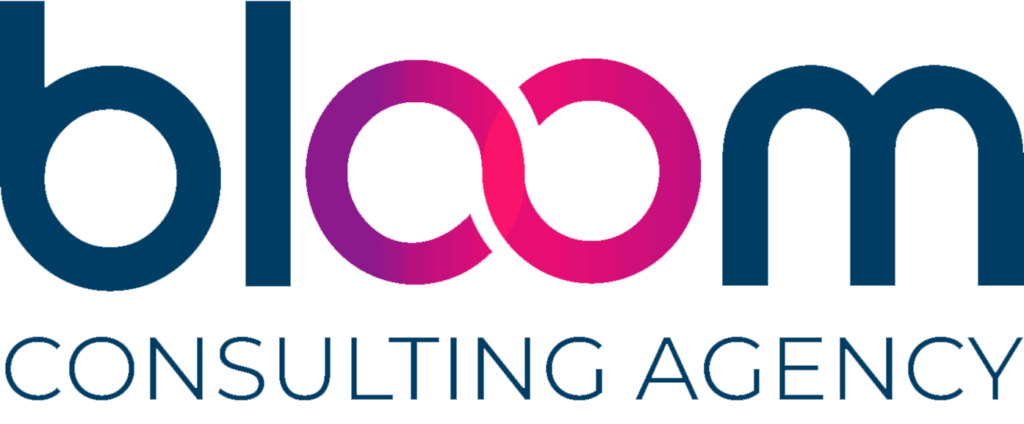The medical coding process transforms medical data collected from physicians and medical providers to receive reimbursement from payers. For example, medical data is the base of the revenue for the healthcare industry, determines utilization, manages population risk, supports public health, and procures vital actuarial tables to support the initiative. In addition, the medical coding process includes retrieving diagnoses, medical procedures, services, and equipment from physicians and medical providers. Finally, the data from medical record documentation, physician’s notes, and laboratory and radiological results from a patient visit produce the basis for a medical claim.
The medical coding process is a complex application of collecting data from a medical visit. Meanwhile, a standardized system of codes for services developed through the American Medical Association (AMA) transforms services into CPT® codes. For example, the patient’s complaint becomes the basis for an ICD10 code. In addition, any equipment or medical requirement has an HCPCS Level II code. Subsequently, the input of this essential data into a standardized universal claim form becomes the fuel for the revenue cycle.
Five Steps of the Medical Coding Process
The medical coding process is the basis of the medical billing department. First, the medical billing team can include any number of participants, medical coders, medical billers, payment posters, and follow-up personnel. Secondly, a medical coder assigns the standard codes to the services performed, diagnoses, and medical equipment needed for reimbursement. Finally, the group follows several steps to promote correct coding, proof of medical necessity, and collecting required data to populate a standardized claim form.
Retrieval of Current and Correct Patient Data
Registration staff is often the first patient contact in the healthcare industry. But, lack of proper training, uneducated patients, and factors outside their control can lead to incorrect or inadequate data collection. However, the medical coding process requires all information to be accurate before submission. Then finally, after securing all pertinent data and entering it into the EHR, the process is repeated with the next patient.
The following information for coding determinations and claim submission includes:
- New or established patient status is a coding determinant
- Patient name, address, and correct zip code
- Gender and date of birth
- Name of the current insurance company, subscriber information, ID number, copy of insurance card(s), the relationship of the patient to the subscriber
- Phone number of the patient
Determination of Financial Responsibility
Determining who pays for medical services is essential to the billing process. Therefore, access to the patient’s insurance card is crucial. Copays, deductibles, and in-network status depend upon having the insurance card. In addition, minors must name a guarantor responsible for paying any patient responsibility. Finally, being educated on insurance requirements, uncovered services, and combined services are determined in the medical coding process for correct reporting on the claim.
Review of Data and Documentation to Confirm Medical Necessity
After the medical service is complete, the physician submits the medical notes in the electronic health record, and the medical coding process begins. First, the medical coder reviews the procedures, diagnoses, and lab results and translates the data into correct codes for billing. CPT® codes reflect the procedure performed, ICD10 coding reflects the diagnosis, and understanding the coordination of CPT® and ICD10 is vital for accurate coding. Next, required modifiers for certain providers, combinations of services, and lab results are the final additions in this process. Finally, review for any non-covered services, documentation, and codes applied can result in catching any errors before submission.
Claim Generation
After accumulating all pertinent data for the patient visit, the medical coding process proceeds to populate the fields on the claim form. Most healthcare practices and facilities utilize electronic health record software, including the opportunity to populate claim data. Likewise, the EHR support team can automatically set CPT® codes, fees, and modifiers. Finally, the diagnoses for each patient must also comply with coding regulations in the correct order.
It is vital to double-check all entered data for errors before releasing the charges to go to the healthcare clearinghouse. However, if there have been errors in the medical coding process, once the claims go to the clearinghouse, some EHR software has additional error check queues to scrub the data. In addition, when clean claims leave the software to go to the healthcare clearinghouse, there is further review. Consequently, insurance payers may have rules; the clearinghouse may reject claims for CCI edits, patient demographic discrepancies, and other reasons.
Claim Submission
Submitted claims are subject to the adjudication process by the payer. First, the validity of the claim is determined. Secondly, the reimbursement rate depends on the individual plan and allowable payment. Furthermore, a denial or rejection could occur if either of these factors is negatively affected. Finally, accepted claims receive payment, and rejections and denials are returned to the practice for follow-up. The medical coding process is complete when reimbursement for services is received.
Payment Posting and Follow Up
The medical coding process is successful when claiming reimbursement without rejection or denial. In addition, payments post to the patient accounts, and patient responsibility triggers a statement to be issued. Next, however, the medical coder must review and correct rejected claims. In conclusion, rejected and denied claims can bog up the revenue cycle, adding weeks to the reimbursement timeframe.
Learn More About the Medical Coding Process in Florida
Understanding the medical coding process is vital to maintaining a healthy revenue cycle. Bloom Healthcare Consulting in Florida offers professional guidance for challenging problems in the medical billing and coding department. With an ever-changing forefront of medical codes, diagnoses, and insurance regulations, enlisting an expert’s help can be time-saving. Contact Bloom Healthcare Consulting to begin making positive changes.









